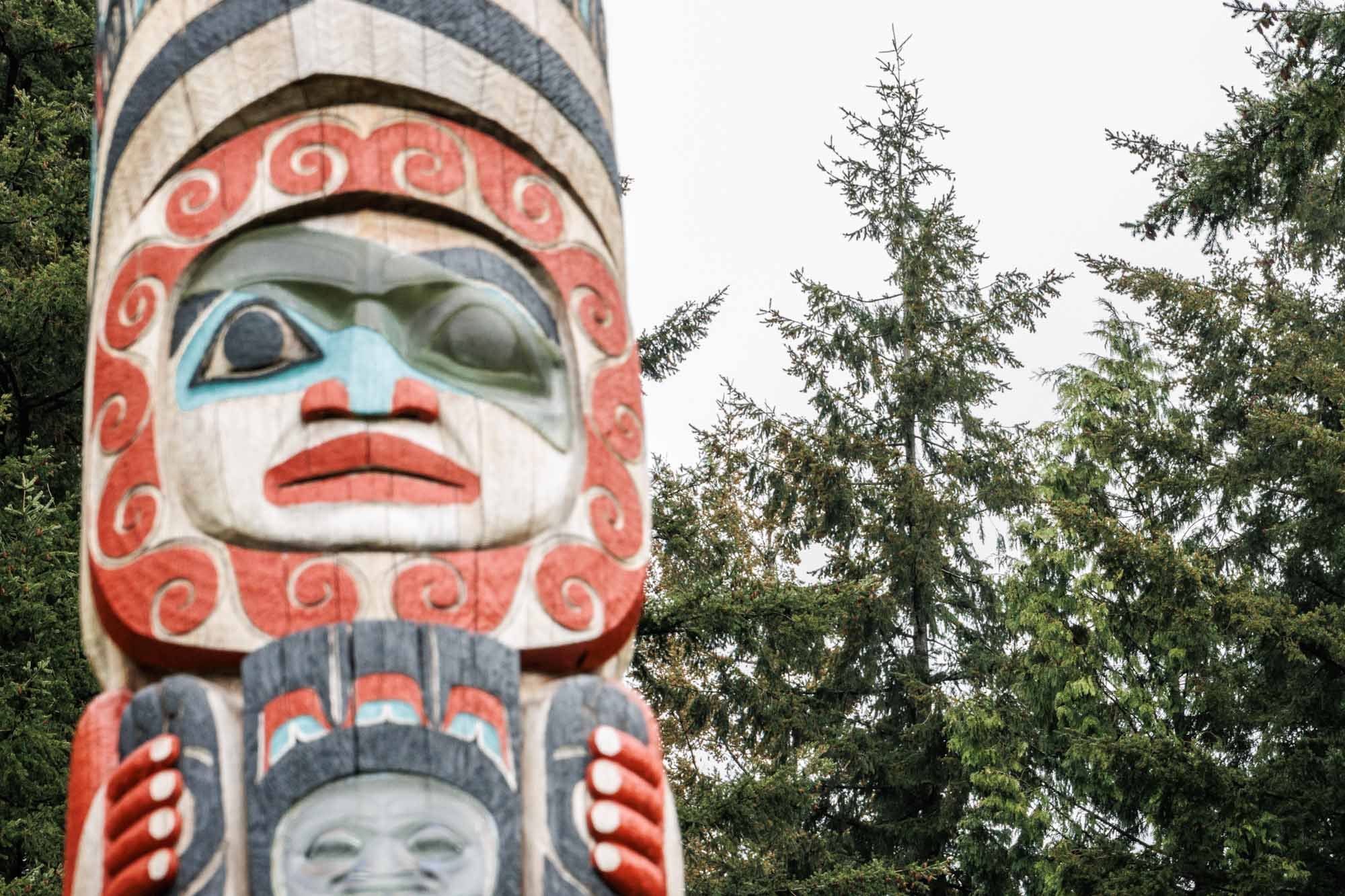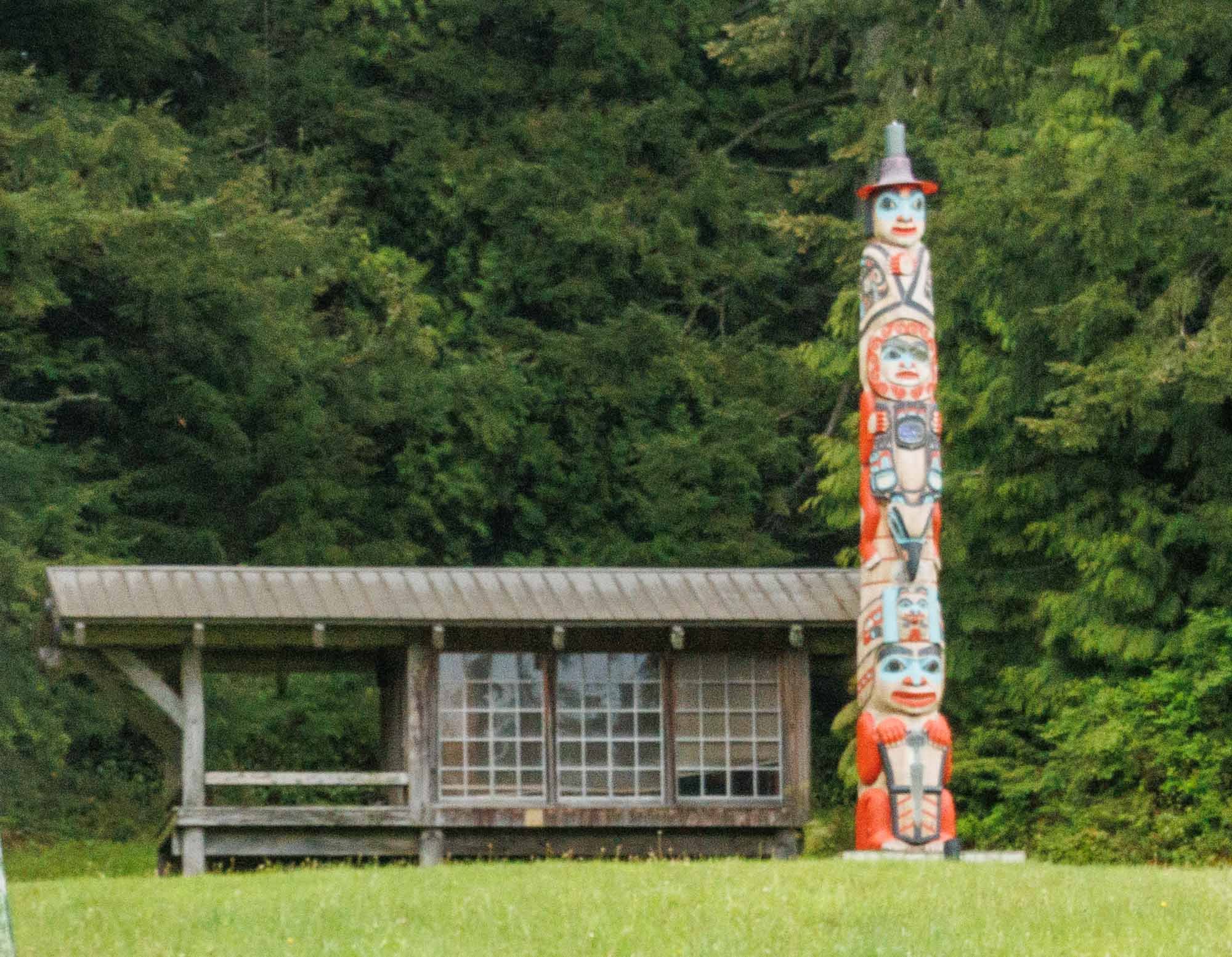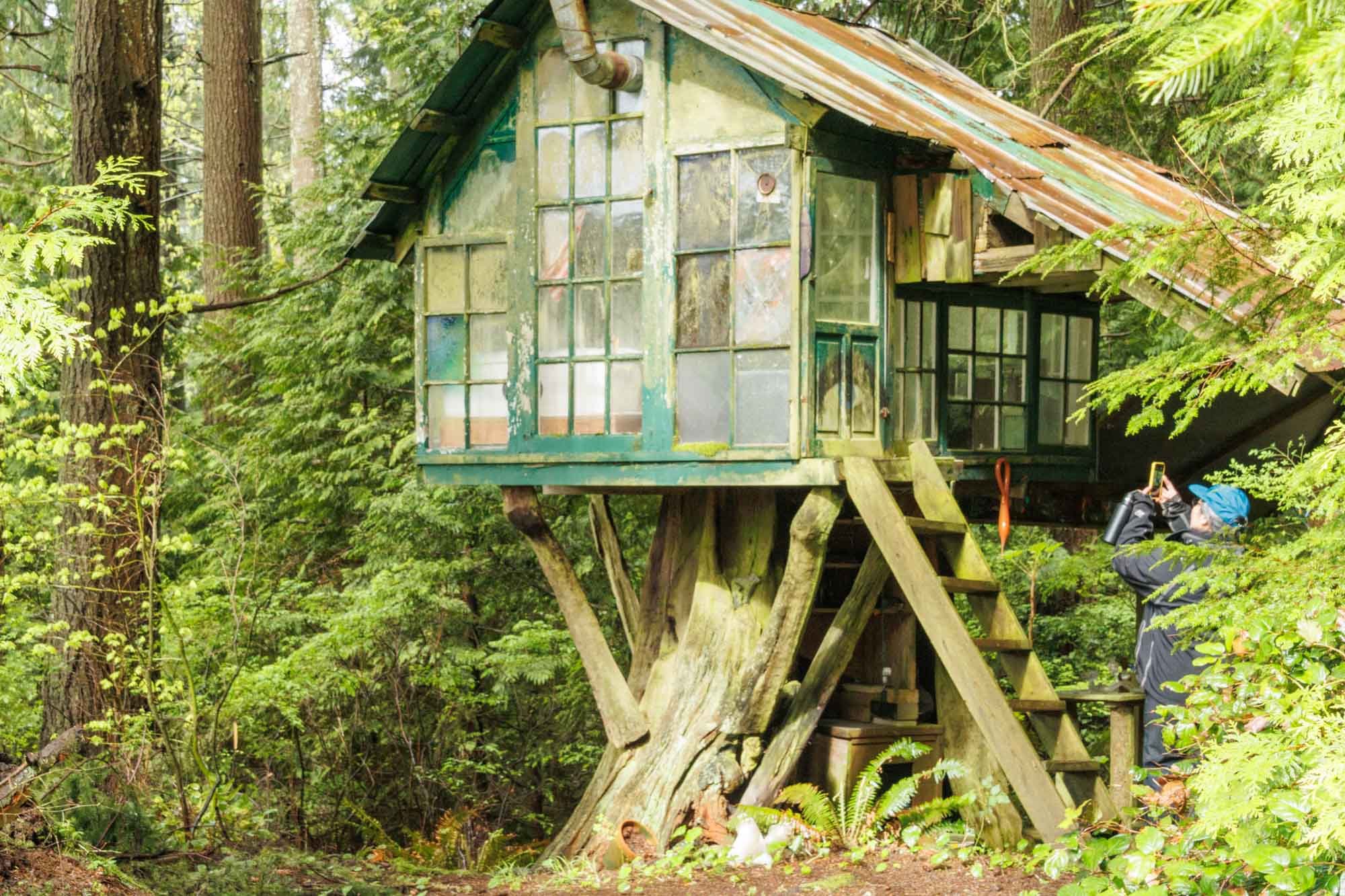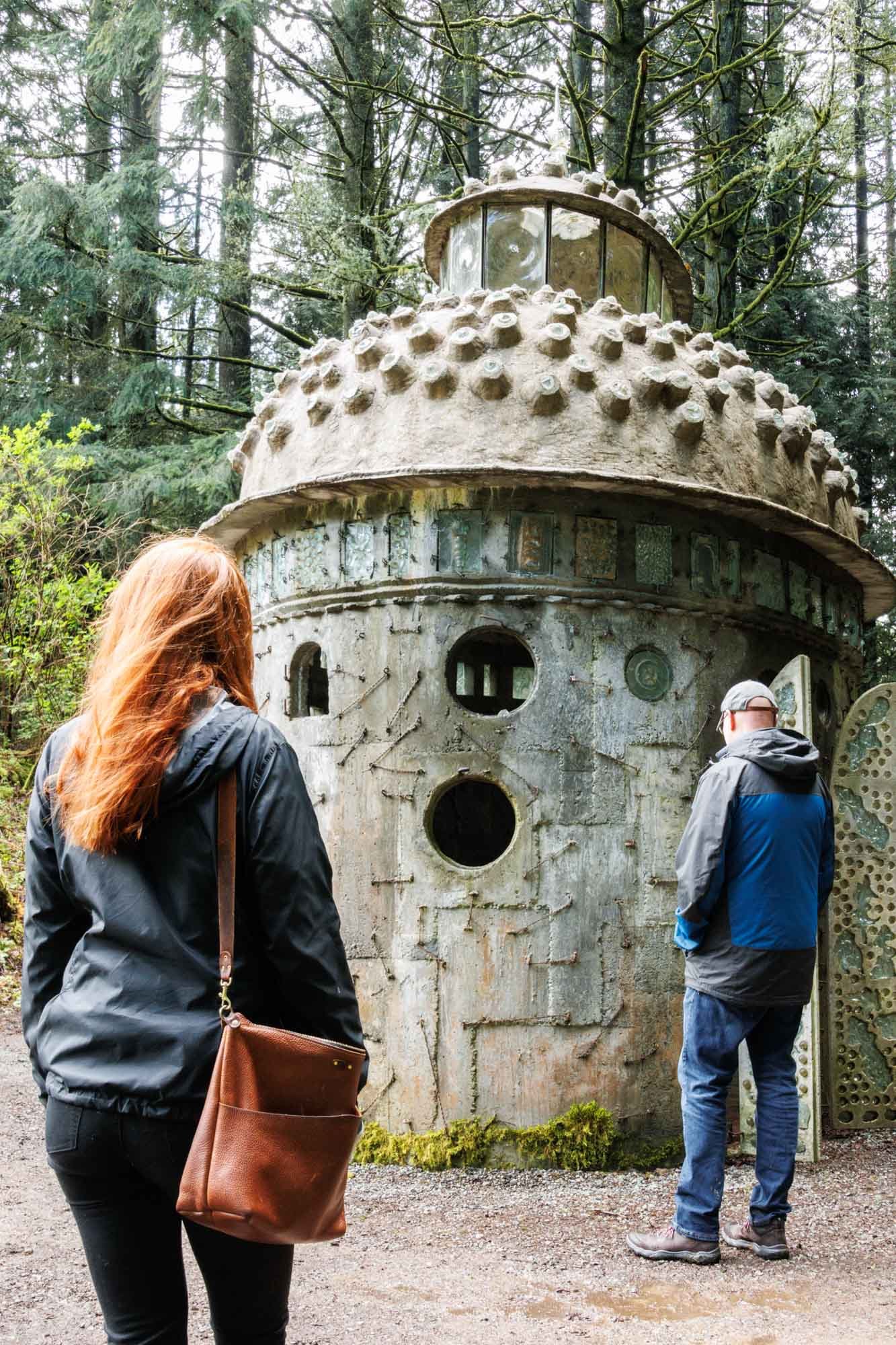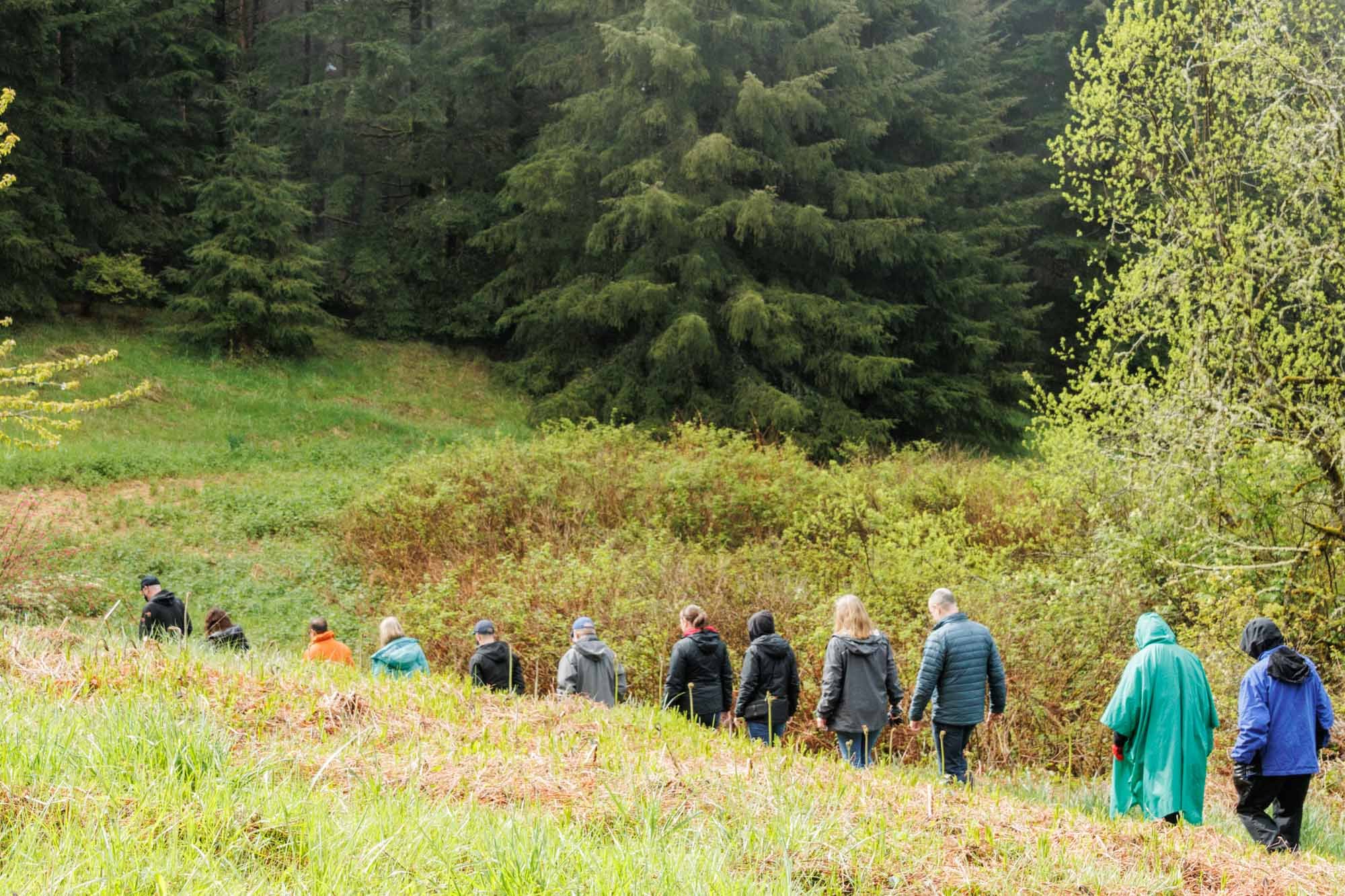Pilchuck Glass School
Last time I visited the Pilchuck Glass School was with a good friend during one of their rare open houses. It had to be at least 20 years ago. All I remember from that visit was watching the glass blowers in the hot shop, hardly blinking an eye, so fascinated with the artists creating shapes, colors, designs and textures with glass. I don’t remember the hour and a quarter drive there; nor do I recall having a tour of the camps, or anything else for that matter.
The campus is located near Stanwood, just over 50 miles from Seattle, in the foothills of the Cascade Mountains. This time Google Maps directed me through farm country with beautiful houses, large barns, grazing cows and goats, and lots of space. As I headed east toward Mt Baker and got closer to my destination the trees became more dense and the road more narrow.
Pilchuck Glass School was founded in 1971 by Dale Chihuly and arts patrons Anne Gould Hauberg and John H. Hauberg. The initial concept was for a single summer glassblowing workshop where artists could come together to create, share ideas, and learn from each other. It was funded by a $2,000 grant from the Union of Independent Colleges of Art which hardly covered the cost of running the workshops. John Hauberg, who owned a 15,000 acre tree farm, allowed Chihuly to use space on his tree farm for the event, and ultimately donated the 54 acres that the school occupies today. The name “Pilchuck” means “red water” in the regional Native American language, in reference to the Pilchuck River.
Student cabins
Chihuly, two other teachers and 18 students “helped, whether creating makeshift housing or installing the furnaces and annealing ovens used in the glass blowing. Poles to support the hot shop roof were collected from the forest, cut, peeled, and prepared. Student, Michael Nourot, who had a background in textile arts, and others sewed the roof from Army tents and tarps. Other equipment necessary for glass-making had to be constructed, borrowed, or somehow obtained with very little money.” Two weeks later they began to blow glass.
Hot Shop
I returned to the School recently for their Spring Tour. I chose the “Off the Beaten Path” tour which took us to distinctive landmarks and on a hike to Inspiration Point. Today Pilchuck has over 60 buildings, including sleeping quarters, studios, gallery space, a kitchen and a dining hall where everyone eats meals together, . Glass work there has grown to include glassblowing, hot casting, kiln casting, coldworking, flameworking, neon, fusing, glass painting, stained glass, and printmaking. Pilchuck has over 30 residential sessions from May – September and provides training and collaboration to over 500 participants every year.
On our hike we visited the Founders Totem Pole, made in recognition of the school’s thirtieth anniversary, and which honors the three founders. It was made from a single tree in Haines, Alaska and carved there by 4 Native artists. It was shipped to Pilchuck where the carving was completed and painted by the Pilchuck students, who completed it with glass elements. From the bottom up - John Hauberg, Dale Chihuly with the mask and Anne Hauberg.
Recruited by Chihuly to join the new school, Buster Simpson is a sculptor, an environmental artist and well known for his public art throughout the U.S. and Canada. A former co-director of the School, his preference was to sleep in the trees. The Buster Simpson Tree House is one of the well-known landmarks on campus.
Nicknamed the Trojan Horse, this cast glass, concrete and steel structure was the highlight for students of an earlier summer session. Originally started by one student and added to by many others, this small oval shaped building is a collection of cast-off pieces of art that have been added to it over time. The highpoint of it for me was the way the glass provides light from the outside to the structure’s inner area.
One of the hikes’ highlights was Inspiration Point where the view of Puget Sound and Whidbey Island was breathtaking. It was still morning and the sun had not yet burned off all of the fog. Our group of about 12-15 people followed the trail, trudged through grass, puddles and mud, and around beautiful ferns, trees and nettles. I was glad to have worn my hiking boots. With all the dampness that accumulates in such a forested area, there are plenty of slugs to be found, darker than the ones we see in the city.
Finally, there was time to watch the acclaimed artists that had been invited to blow glass for the visitors attending the tours. While I was taking pictures one of the artists, Fritz Dreisbach, asked me to take and send him some photos for an instructional manual he was developing. I didn’t realize that Fritz is one of the most well known glass artists in the world. I did as he asked, sent him a dozen photos and we spoke after he received them. Keeping my fingers crossed that one or more of them will end up in his book.
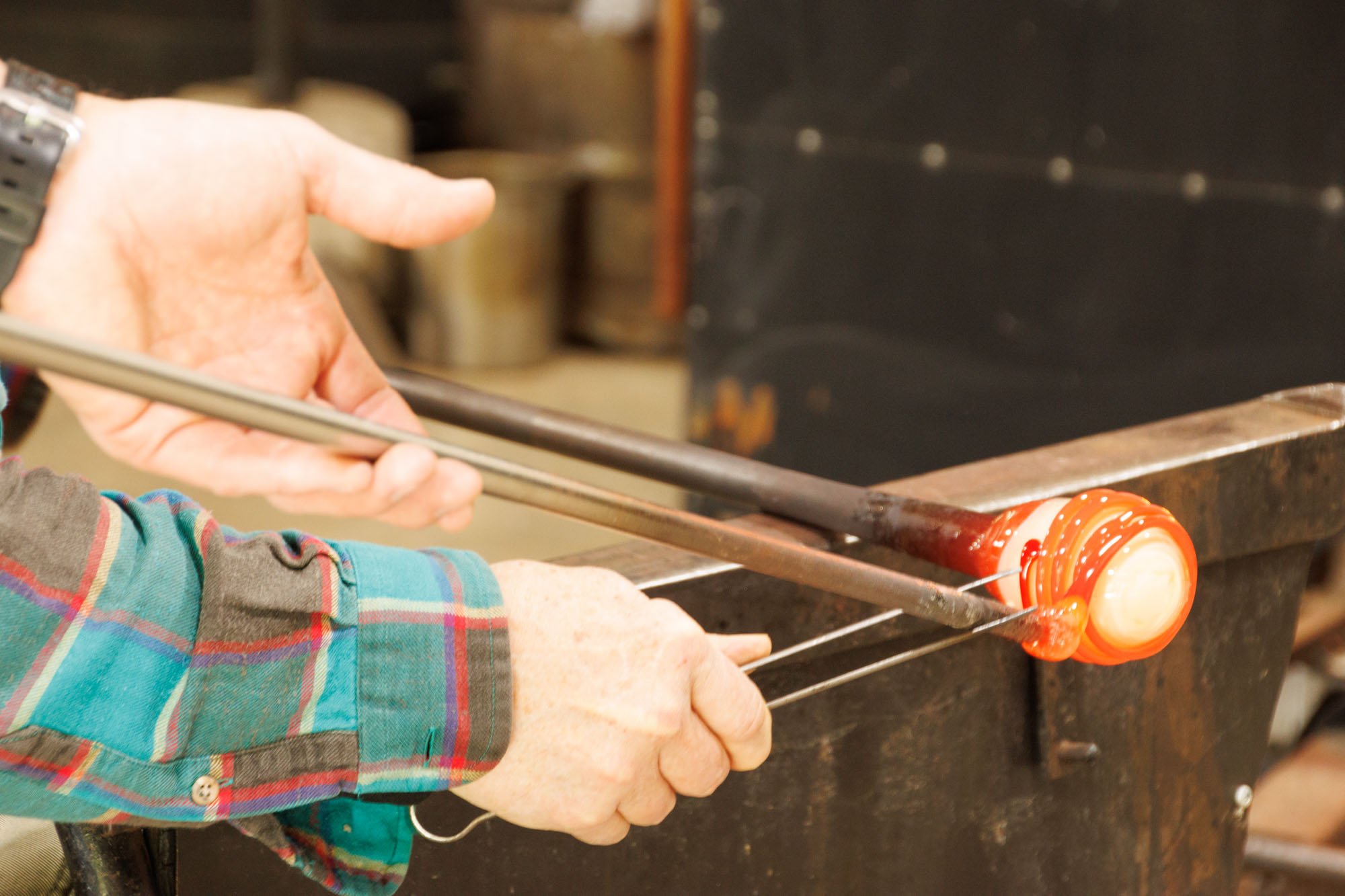
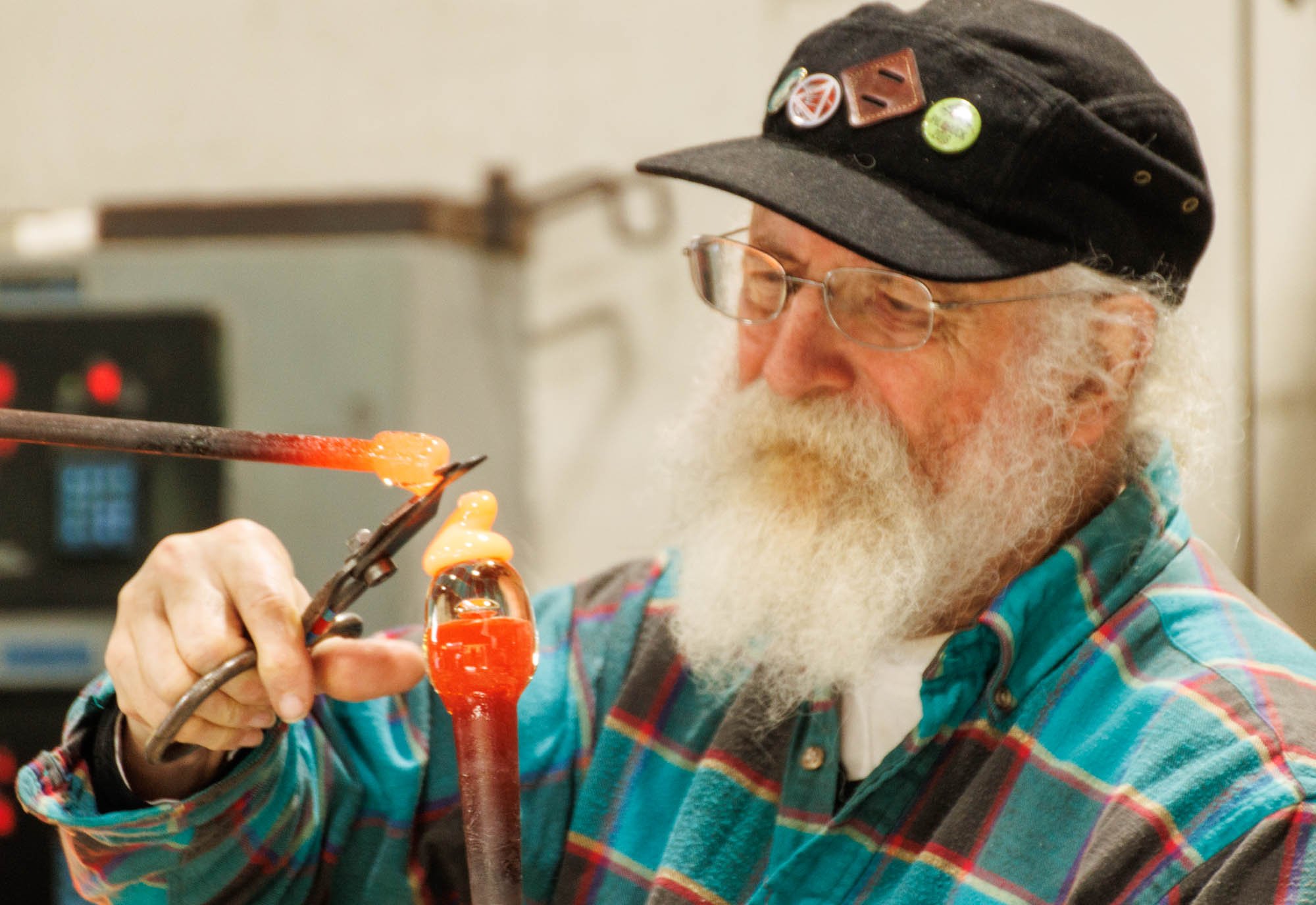
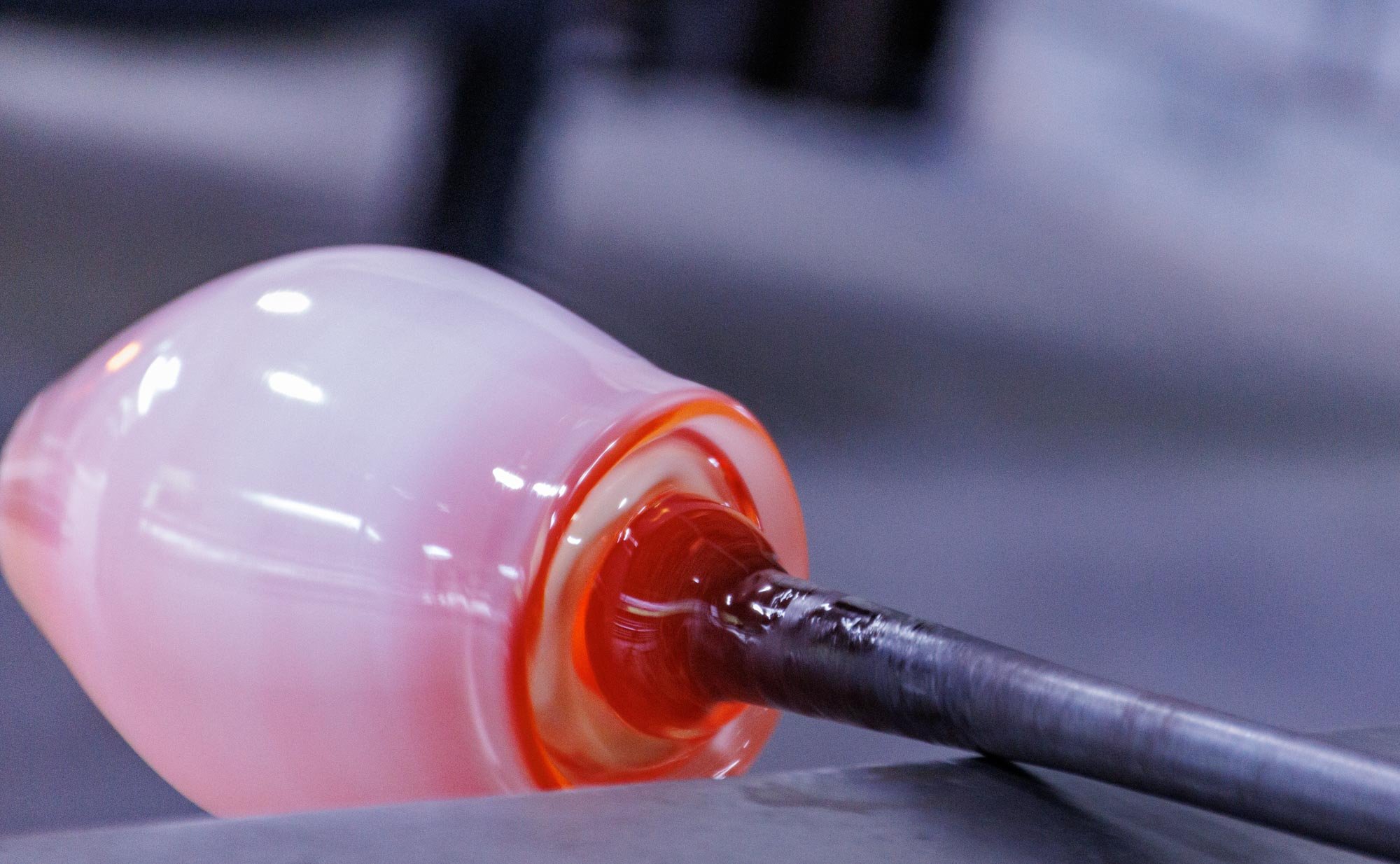
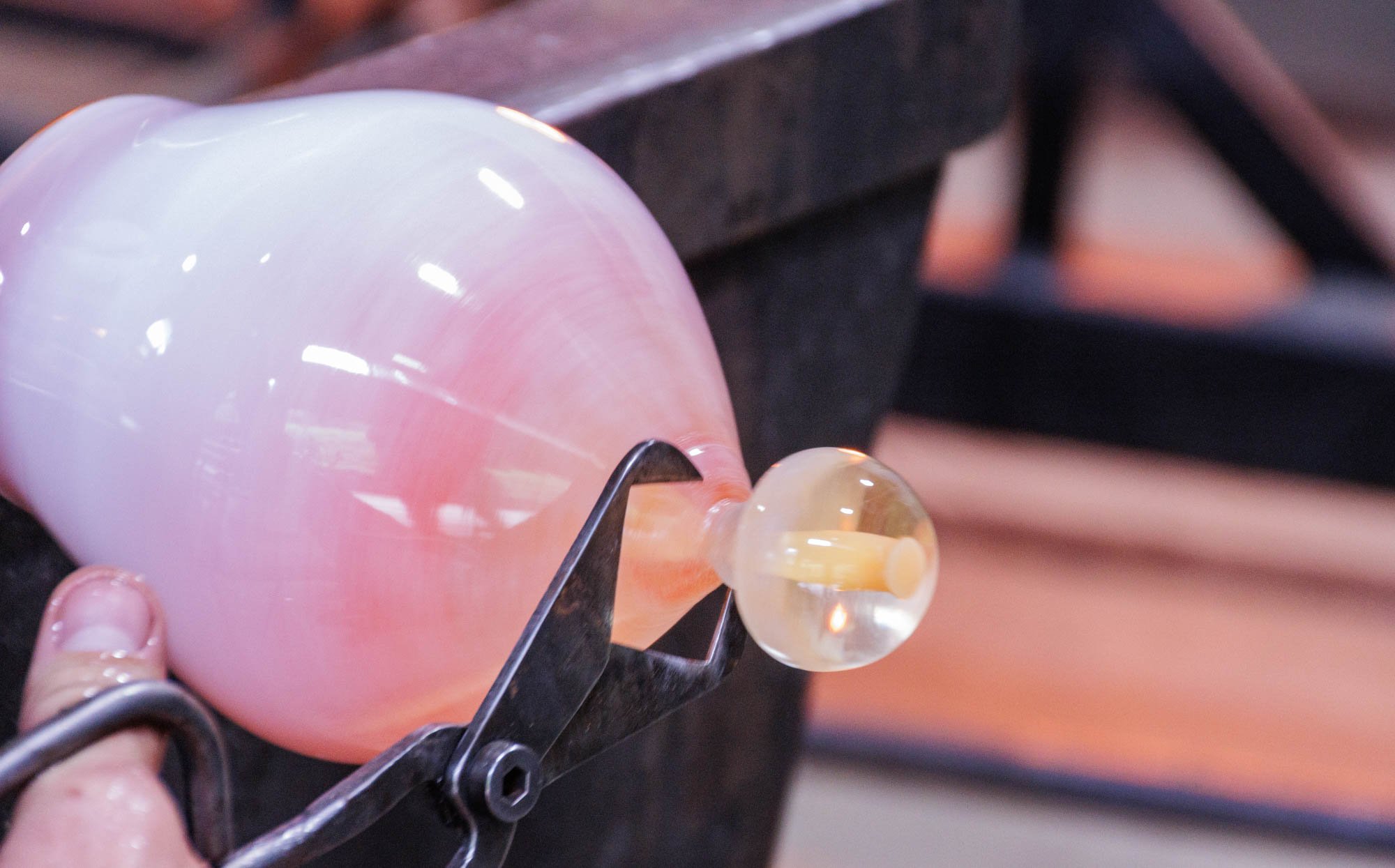
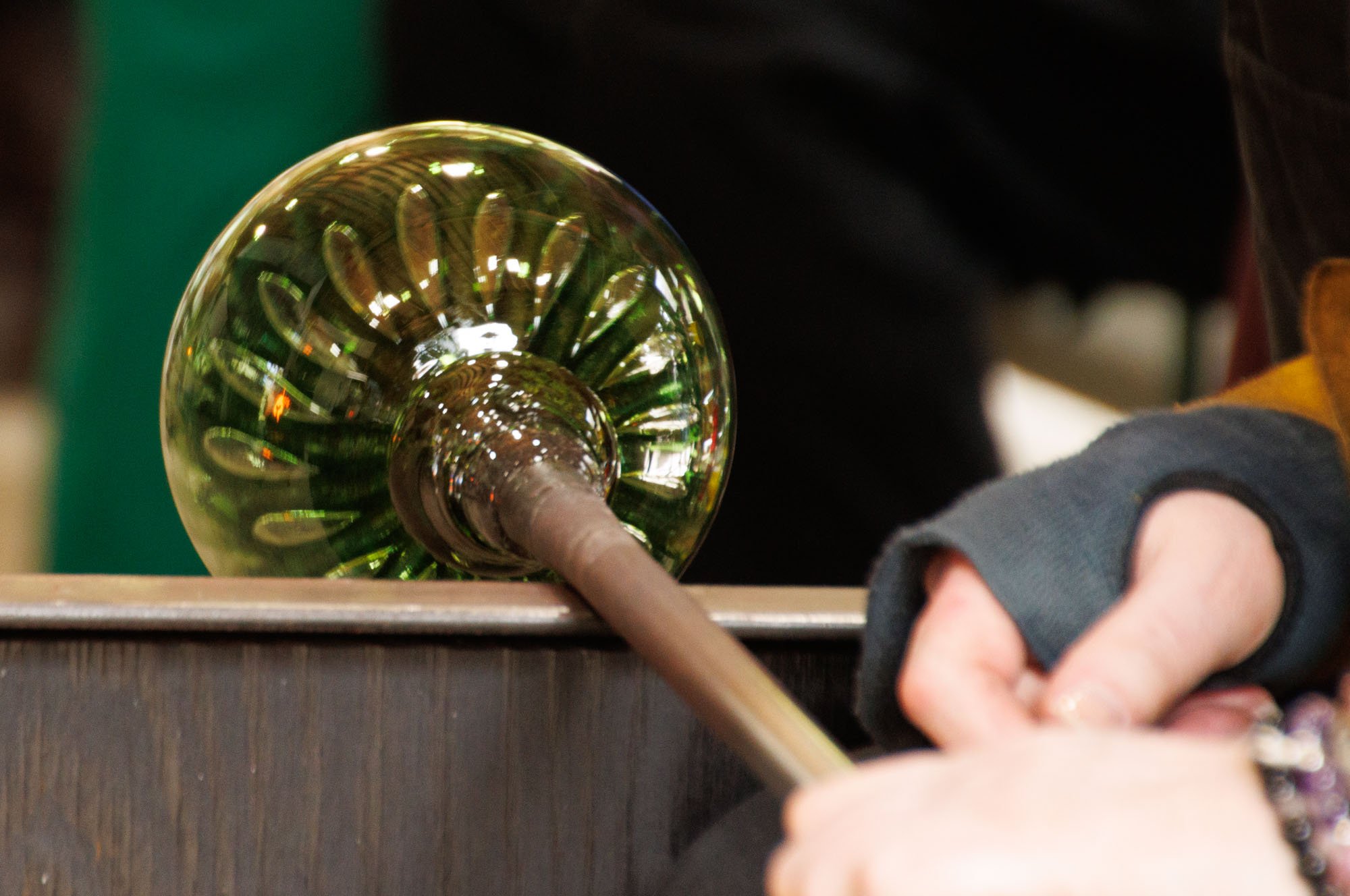
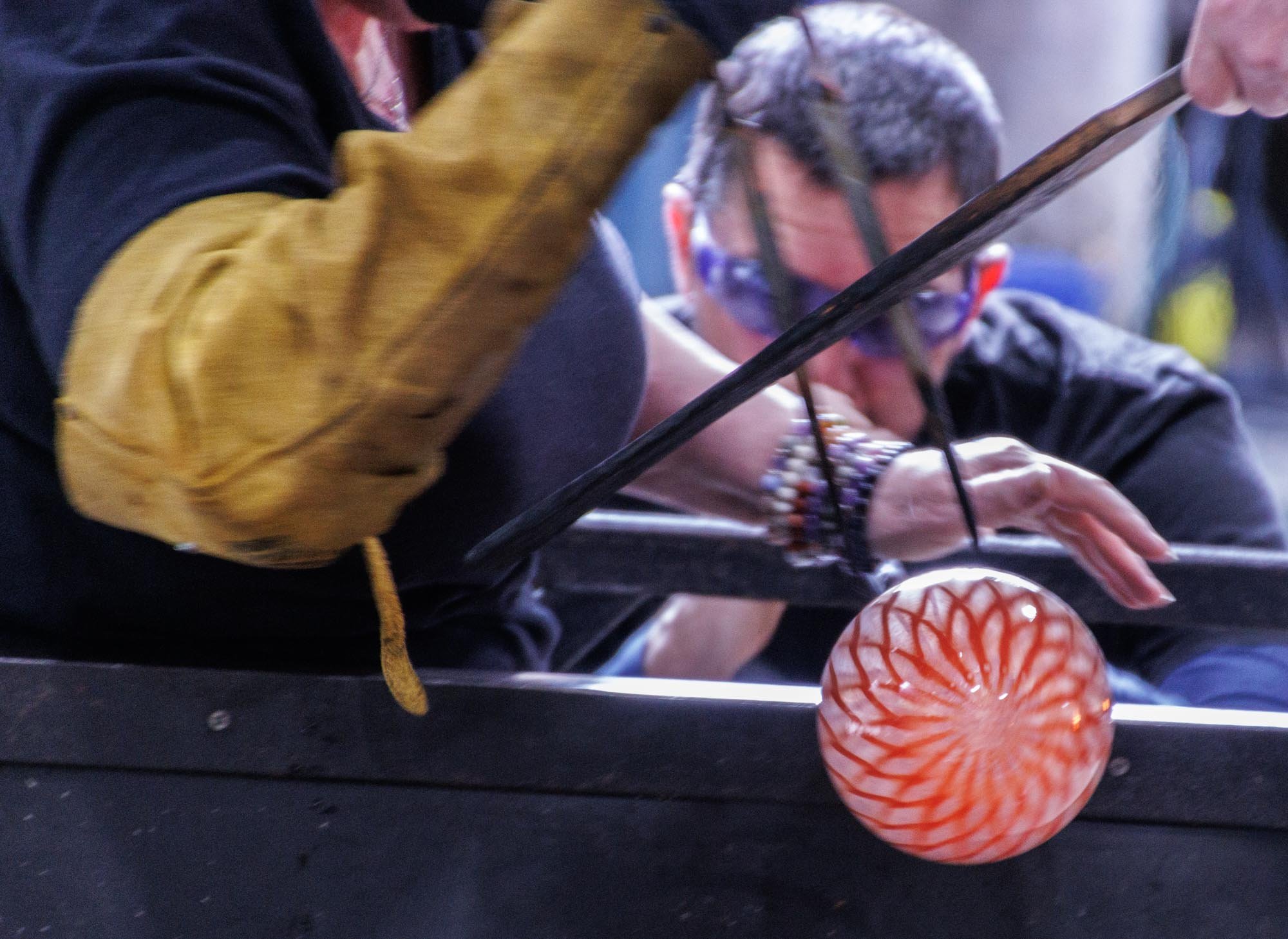

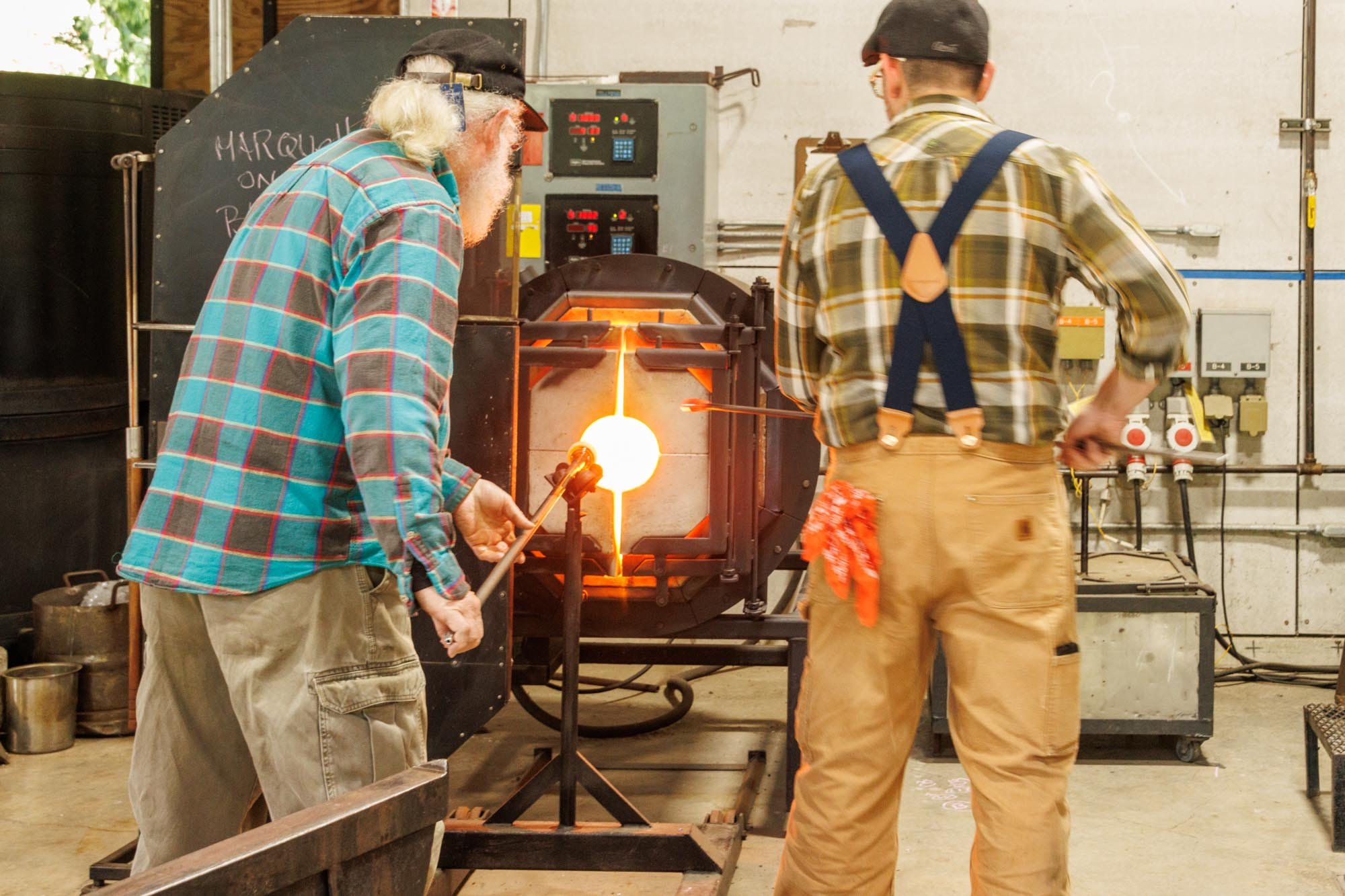
We were bound to the tour schedule, so I was unable to watch the creation of any single piece from start to finish, but watching and photographing the process for just 45 minutes brought back the same feelings I had 20 years ago. It was magical.






